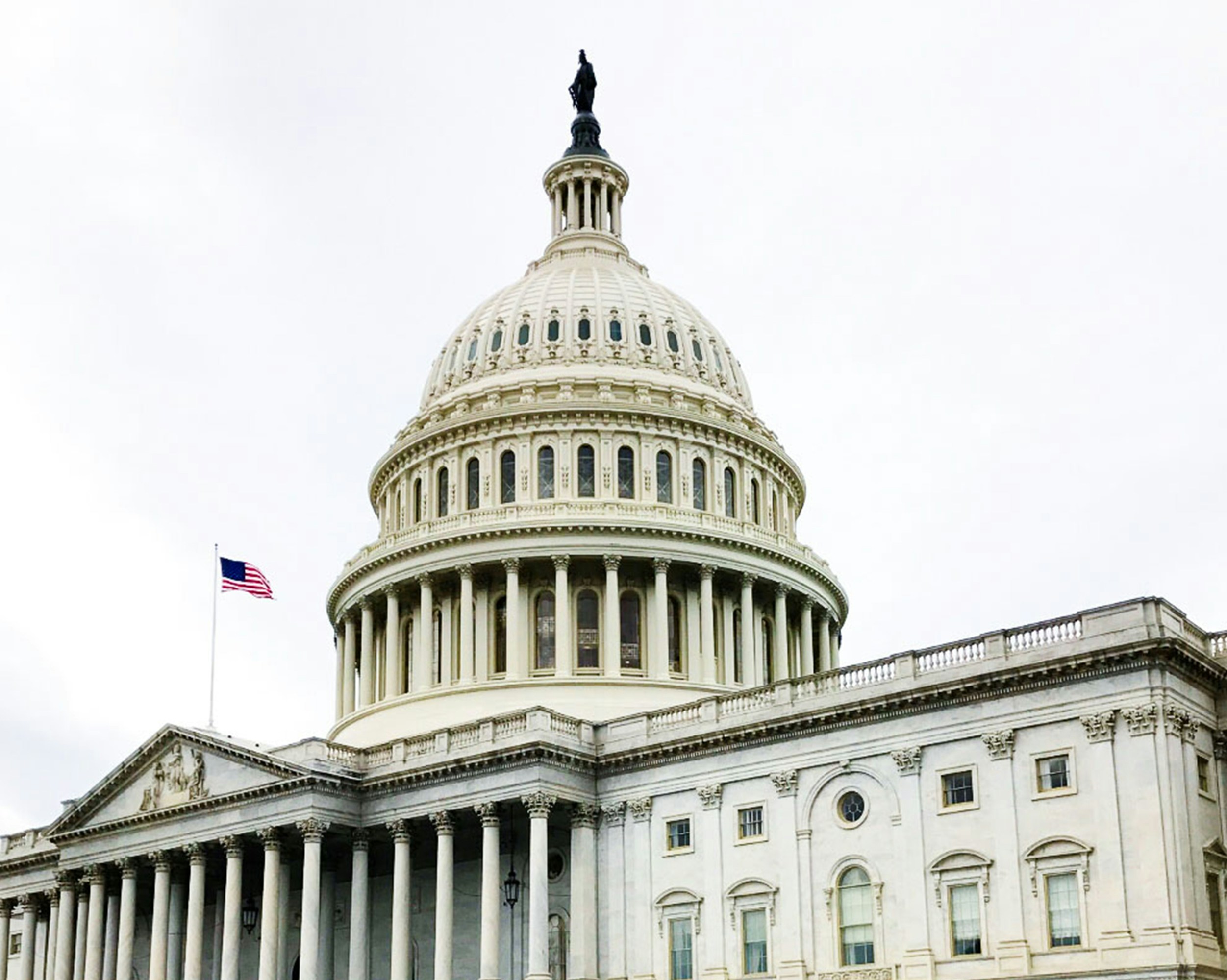
Managing Long Covid in the Workplace
- Breaking News
Mandatory work from home, strict social distancing, daily temperature checks – all seem like employment issues from a lifetime ago as we enter yet another phase of managing COVID-19 in the workplace. The primary issue now? Managing the effects of “long COVID” (post-acute sequelae of COVID-19) in the workforce.
The Centers for Disease Control defines long COVID as continuing health effects from a COVID infection which last 4 weeks or more, ranging from headaches and memory lapses to pulmonary and respiratory problems to autoimmune issues. Studies estimate that 16 million working-age Americans have experienced long COVID and between two and four million people have left the workforce because of it. The practical effects on the workplace are just beginning to be felt, sapping individual productivity, and disrupting overall workflow with extended time off from work.
Just as the breadth and impact of long COVID is only now coming into focus, the legal implications are developing slowly as well. While the EEOC does not consider a simple COVID infection to be a covered disability under the Americans with Disabilities Act, depending on duration and the health impact, long COVID may very likely qualify as a disability – triggering an employer’s duty of reasonable accommodation.
Reasonable accommodations might include modified or flexible work schedules and modifications of the marginal job duties. As with other disabilities, employers should consider the reasonableness of additional leave time for the employee to recover and seek treatment. And obviously don’t forget the employee’s right to Family and Medical Leave, including intermittent leave.
If you have any questions regarding managing covid in the workplace, please contact Al Vreeland at 205-323-9266 or avreeland@lehrmiddlebrooks.com.





